Artist: Dave Brubeck Quartet Album: Time Out
Year: 1959Duration: 1:17:54
A Deep Dive into Dave Brubeck Quartet's Time Out
If there is one jazz album that has stood the test of time, it's Dave Brubeck Quartet's Time Out. The album was released in 1959 and became an instant hit, reaching the top of the charts and popularizing jazz in a way that had never been seen before. Brubeck's quartet had been around for several years, but Time Out was their breakthrough moment, showcasing their unique style of jazz that blended complex rhythms and improvisation. In this blog post, we will take a deep dive into this legendary album, discussing the history of the artist, the music genre of the album, the best songs of the album, the most innovative parts, and a critic of the album.
Dave Brubeck was born in 1920 in California and started playing piano at the age of four. He studied music at university and formed his quartet in 1951. The band included him on piano, Paul Desmond on saxophone, Eugene Wright on bass, and Joe Morello on drums. They quickly became a sensation on the West Coast jazz scene, but their popularity exploded after the release of Time Out. The album was a departure from the typical jazz sound of the time, with its use of unusual time signatures. Brubeck's inspiration for the album was a trip to Turkey, where he heard street musicians playing in rhythms that he had never heard before. He wanted to bring this exotic sound to his music, and Time Out was the result.
The genre of Time Out is often described as cool jazz, which is a subgenre of jazz that emerged in the 1950s. Cool jazz is characterized by its smooth sound, relaxed tempo, and emphasis on improvisation. The genre was a reaction against bebop, which was the dominant style of jazz at the time. Cool jazz was seen as a more accessible form of jazz that could appeal to a wider audience. Time Out is a perfect example of this style, with its laid-back vibe and intricate rhythms.
The best songs on Time Out are undoubtedly Take Five and Blue Rondo a la Turk. Take Five is perhaps the most famous jazz song of all time, with its instantly recognizable opening riff and complex 5/4 time signature. The track features Paul Desmond's smooth saxophone playing and Morello's innovative drumming. Blue Rondo a la Turk is another standout track, with its use of a 9/8 time signature inspired by Turkish music. The track features a catchy piano riff and a lively saxophone solo from Desmond. The rest of the album is also strong, with tracks like Strange Meadow Lark and Kathy's Waltz showcasing the quartet's improvisational skills.
The most innovative part of Time Out is undoubtedly its use of unusual time signatures. Before this album, jazz was mainly played in a 4/4 time signature, with occasional deviations. Brubeck's decision to experiment with 5/4, 9/8, and other time signatures was groundbreaking and helped to push jazz in a new direction. The quartet's ability to play in these complex rhythms while still maintaining a cohesive sound is truly impressive.
While Time Out is undoubtedly a classic album, it is not without its flaws. Some have criticized the album for being too intellectual or mathematical, with its focus on complex rhythms over melody. Others have pointed out that the album is dominated by Brubeck's piano playing, with the other members of the quartet taking a back seat. While these criticisms are valid, Time Out remains a landmark album that pushed jazz in a new direction and helped to popularize the genre.
In conclusion, Dave Brubeck Quartet's Time Out is a classic album that deserves its place in the pantheon of jazz greats. The album's use of unusual time signatures, smooth sound, and improvisational style helped to define the cool jazz genre and influenced countless musicians. While the album is not without its flaws, its strengths far outweigh its weaknesses. Time Out remains a must-listen for any jazz fan and a perfect entry point for those new to the genre.
Other #Jazz albums:
SIMILAR BANDS
balls, from 1 to 5, describe similarity between the two bands
SOMETHING NEW? LISTEN TO RADIOGENRE
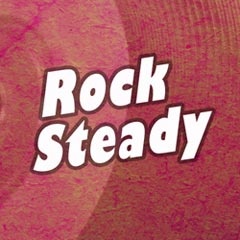 Rocksteady
Rocksteady Electro pop
Electro pop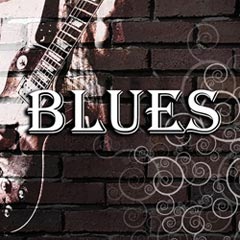 Blues
Blues Piano solo
Piano solo Berlin Music Video Awards
Berlin Music Video Awards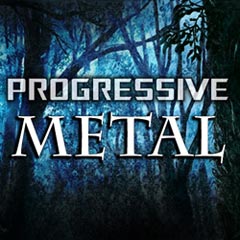 Progressive metal
Progressive metal Reggae Roots
Reggae Roots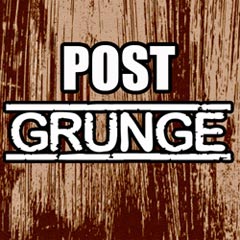 Post grunge
Post grunge 2step
2step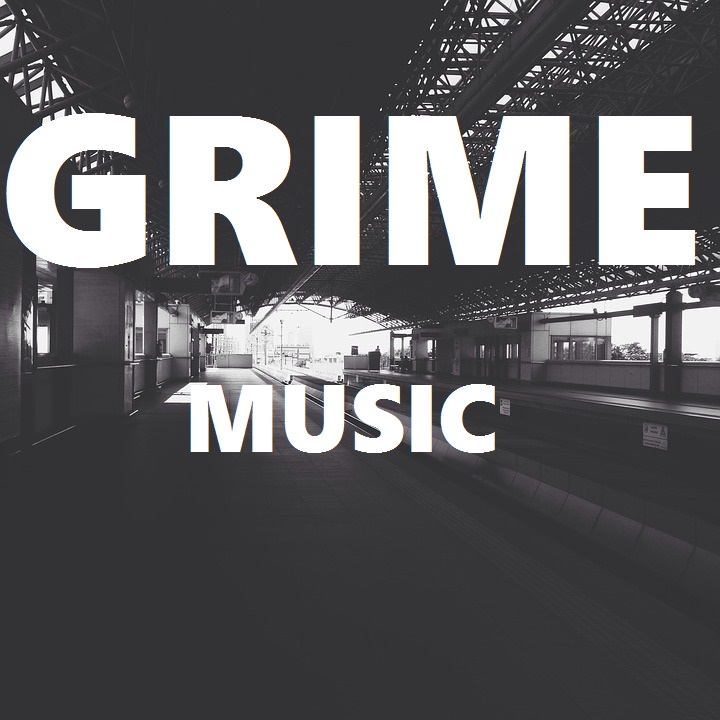 Grime
Grime
SUGGESTED PLAYLISTS

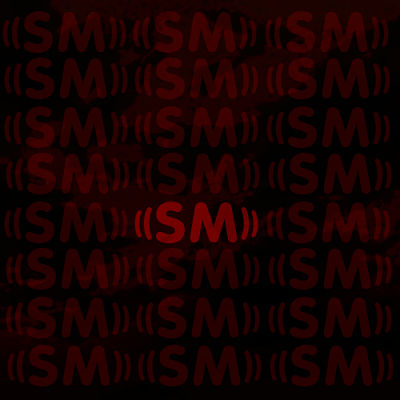
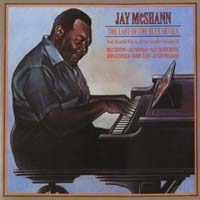
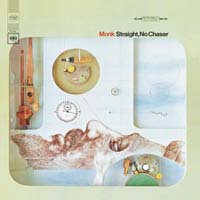
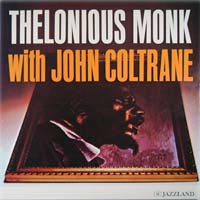
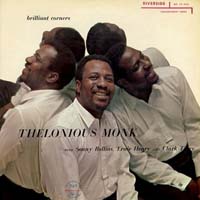
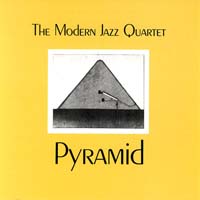

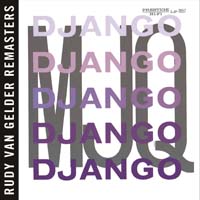
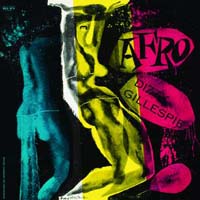
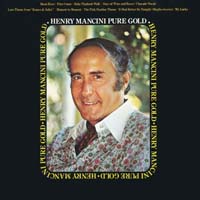

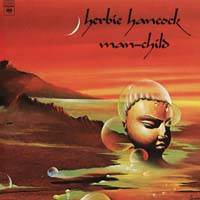
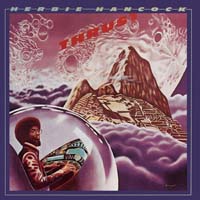
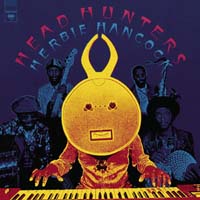
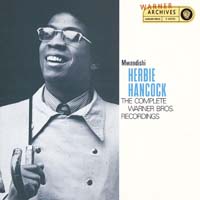
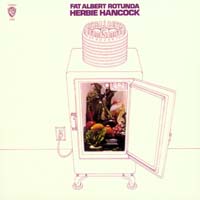
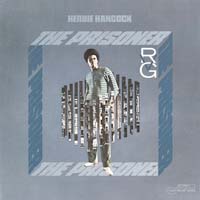
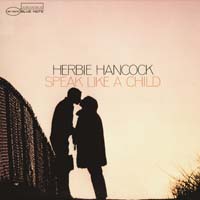
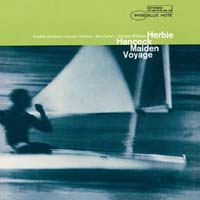
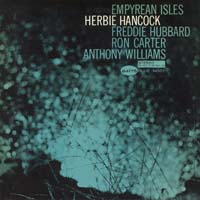
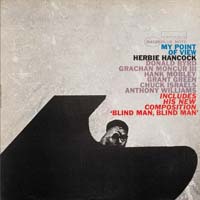
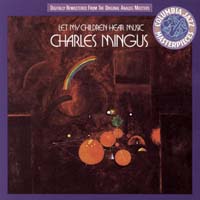
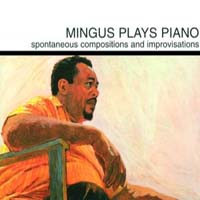
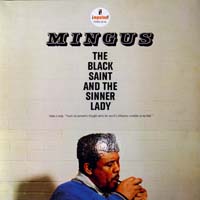
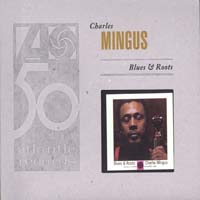
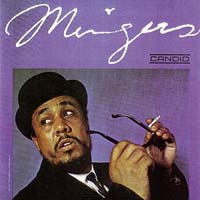
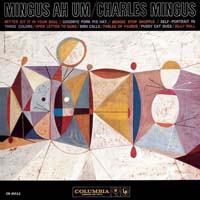

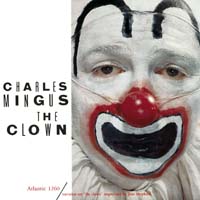

 Landscape songwriters
Landscape songwriters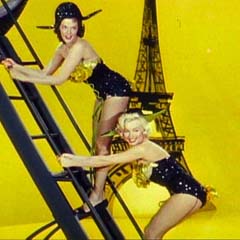 Dream years
Dream years Charliehebdo
Charliehebdo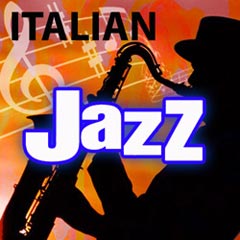 The very best of italian jazz
The very best of italian jazz Best indie songs
Best indie songs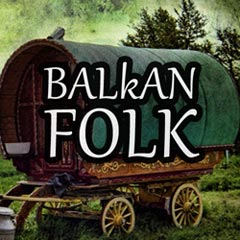 Traditional balkan folk music
Traditional balkan folk music The silk journey, from India to Flamenco
The silk journey, from India to Flamenco The third eye
The third eye Travel Soundtrack, music for a trip
Travel Soundtrack, music for a trip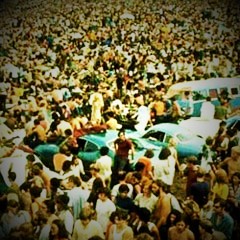 The rejected invites of Woodstock
The rejected invites of Woodstock